X
wikiHow is a “wiki,” similar to Wikipedia, which means that many of our articles are co-written by multiple authors. To create this article, 10 people, some anonymous, worked to edit and improve it over time.
This article has been viewed 25,657 times.
Learn more...
The genuine bel canto technique cannot be taught to a person, but here are some ideas that masters of the technique have used to gain the proper coordination and sensations that are required to sing genuinely beautiful bel canto.
- Note that it may take time to develop your voice to the point of maximum beauty and perfect technique but the long wait while practicing is worth it.
- This technique is not something that can be figured out, it is a sensation of proper willed actions through which the desired effect will be achieved. Here are those basic ideas.
Steps
-
1Practice proper breathing. Breathing is essential to proper singing. Generally, we only use about 1/8 of our breathing capacity as we breathe daily. This is not what we want in singing however, as we need a full lung's worth of air, which is the other 7 out of 8.[1]
- How do we do this? Imagine that you are breathing into your waist, and through your abdominals, which will expand your diaphragm to the maximum stretch.
- If you can place you index finger directly below your rib cage, you can push your belly in, and it pops back out like a balloon, then you are breathing properly for singing.
- If your abdominals are rigid, then you are merely pushing out with your belly. You must take a full lung's worth of air.
-
2Relax the throat muscles in singing. Most singers push with the neck muscles in order to sing high notes. They also do this, naturally because they want their voice to project a long way.[2]
- What happens when you push your voice for a period of time, over time your vocal cords adjust to this abuse you are giving them by developing vocal nodules, which are pimples on the inside edges of your vocal cords, which restricts sound and proper vibration of the vocal cords.
- You don't need these nodes, so what we need to do is relax the throat when singing. We do this by opening the throat to a yawn. when you yawn, naturally your voice is in its most relaxed position. The mistake when purposely yawning in the back of your throat is to open the mouth wide.
- You don't speak with your mouth contorting into an "o" position to make the vowel "o". Your vowels are created by the tongue position, which naturally happens when you speak, so you shouldn't worry about it too much. What you should do is open the throat by:
- Yawning in the back of your throat
- Trying to separate your upper back teeth (they won't really move, but try to make them move)
- Smiling slightly so that your cheeks lift. This will cause your uvula to lift into the sinus cavities, which proves that you have relaxed the throat completely. Opening the throat also produces a better projection by forcing the voice to resonate off the hard palate.
Advertisement -
3Focus on the mask of the face. This will even out your tone and volume for all of your notes, from your lowest note, to two octaves above.[3]
- Generally, the mask is an area in the front of your face that represents an upside down triangle, the point of it in front of you upper lip and narrow, the wide point of it on a level with your cheekbones, behind the eyes. Most people swallow low notes, so what we need to do is aim our low notes forward, on the upper lip and narrow.
- Science says that low frequencies are much more quiet than high frequencies. so when we aim the note forward, then we increase its volume, not because the note is louder, but because it now resonates off the hard palate, which is the sounding board of the voice.
- Your voice projects well off of your hard palate, so we aim the lower frequency forward and narrow so that people can hear it. We aim our middle notes behind our nostrils, and about as wide as our nose.
- The note is aimed further back and wider, because, since it's a higher frequency, it tends to get louder, so therefore, when we aim our middle notes backwards and wider, the volume gets lower.This ensures that all your notes have the same volume and tone quality throughout your two octave range.
- We aim our high notes as wide as our cheeks, and behind our eyes, again, for the same reasons as above.
-
4Inhale your voice. This is where people need a good imagination and a good will to use it. This next idea is known as inhalation of the voice. People, when they want to sing, exhale their voice, which puts tension on the vocal cords, again, causing nodes.[4]
- When you inhale your voice, there is no tension. This is a sensation, and this is what I mean by bel canto can't be taught. It's a sensation. Notice, it was not said "breath". You're not inhaling breath, you are inhaling your "voice".
- Try to inhale the sound, not breath. This is very difficult to explain, and it would be better if you found an instructor who teaches inhalation of the voice. But in truth, when you inhale your voice, you allow your voice to go back into the sinus cavities to resonate as well as the hard palate, which are good projection areas, but also is necessary to create the mixed voice, and this also takes the tension off of your vocal cords.
- Remember, this is a sensation, you don't inhale breath into your lungs, and you don"t suck air in to your sinus cavities. You are inhaling sound, not breath.
- If you will yourself to do this, you will understand it better.
-
5Hold the breath in the diaphragm, but you don't really hold the breath, because if you did, no sound would be produced. Instead, act as if you are holding it in the abdominals. don't force it, but simple do it. This is the simplest step in this technique, and it is to ensure that you use very little air to create sound.
Advertisement
Warnings
- Try not to listen to someone who claims they have bel canto. Most of them do not teach the full technique. There are only a few left who teach it properly. So beware of those who claim they have bel canto or teach it without these techniques stated in this article. (including inhalation of the voice. If they do not teach this, then they do not have the full technique.)⧼thumbs_response⧽
- This technique should feel effortless when done correctly. If there is strain, then you are not doing it correctly.⧼thumbs_response⧽
Advertisement
References
- ↑ https://static1.squarespace.com/static/58c93e971e5b6cd891517779/t/58d84526a5790a257a97f7be/1490568505397/bel+canto+technique.pdf
- ↑ https://static1.squarespace.com/static/58c93e971e5b6cd891517779/t/58d84526a5790a257a97f7be/1490568505397/bel+canto+technique.pdf
- ↑ https://static1.squarespace.com/static/58c93e971e5b6cd891517779/t/58d84526a5790a257a97f7be/1490568505397/bel+canto+technique.pdf
- ↑ http://www.danmarekbelcanto.com/wp-content/uploads/chapter-7.pdf
About This Article
Advertisement


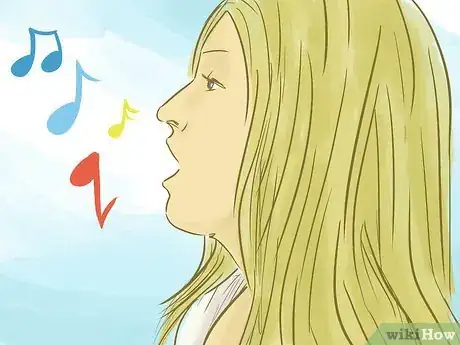
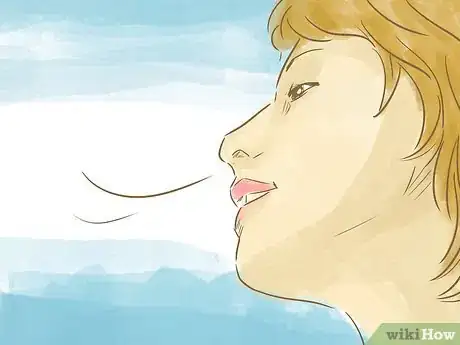
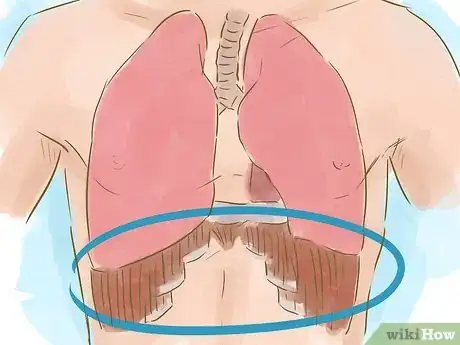



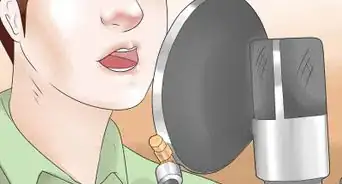









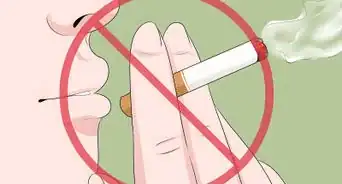








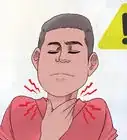




































Medical Disclaimer
The content of this article is not intended to be a substitute for professional medical advice, examination, diagnosis, or treatment. You should always contact your doctor or other qualified healthcare professional before starting, changing, or stopping any kind of health treatment.
Read More...